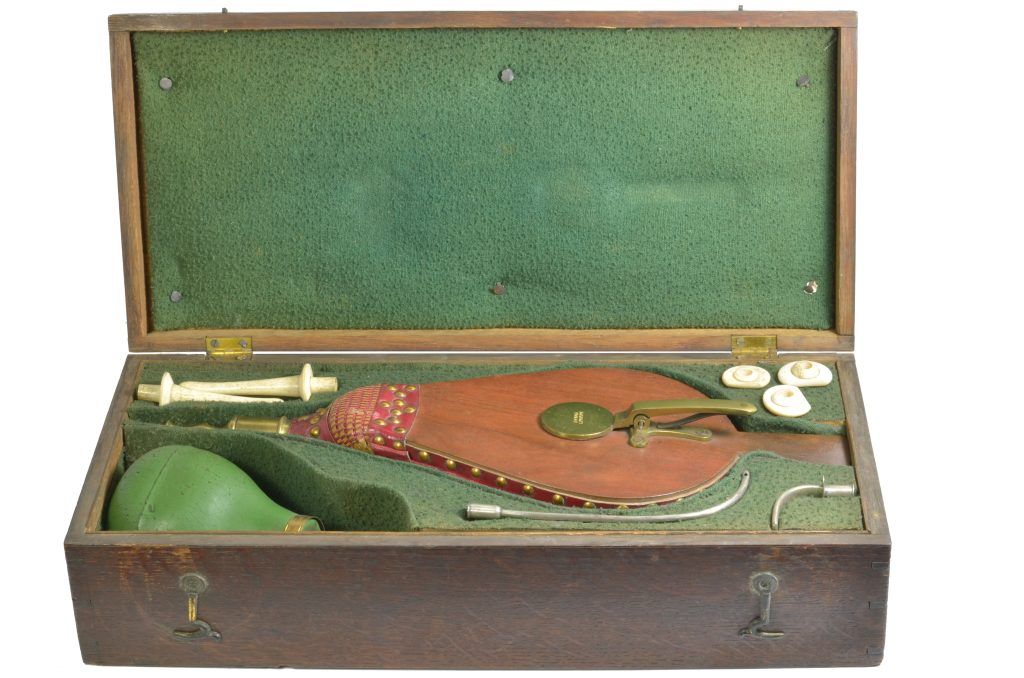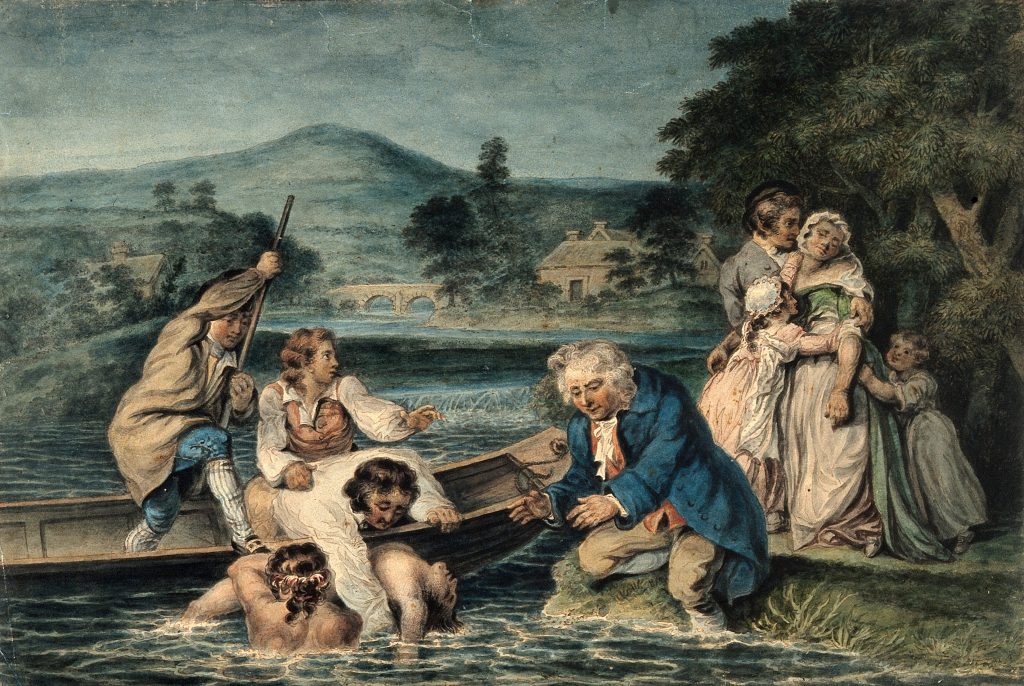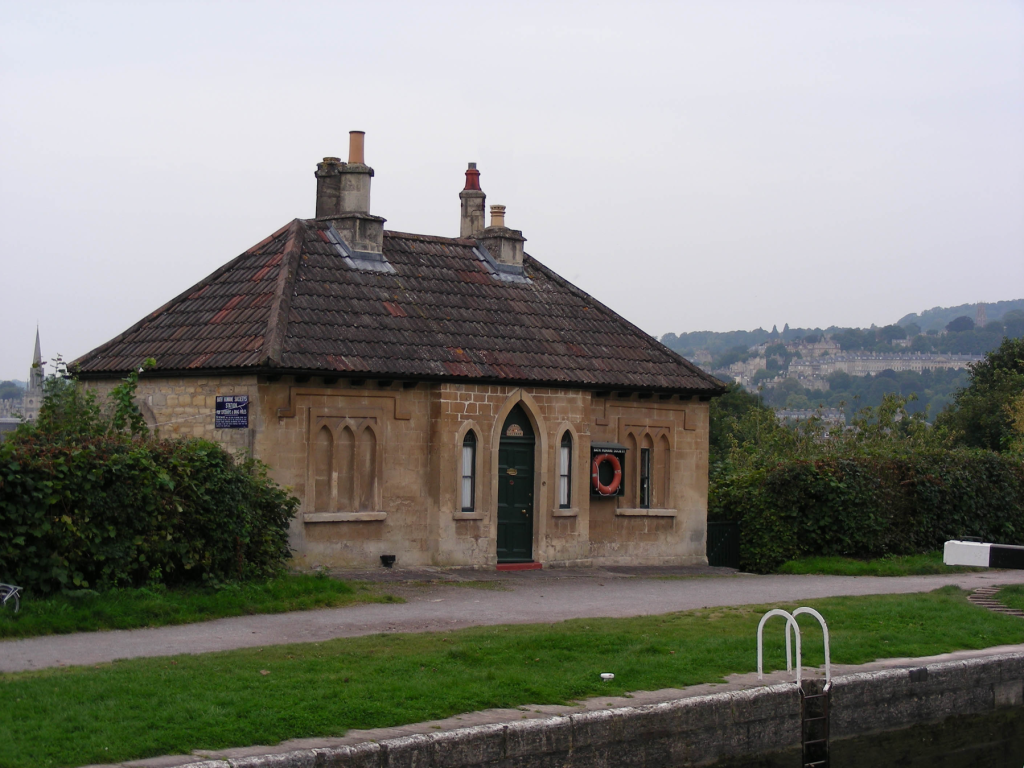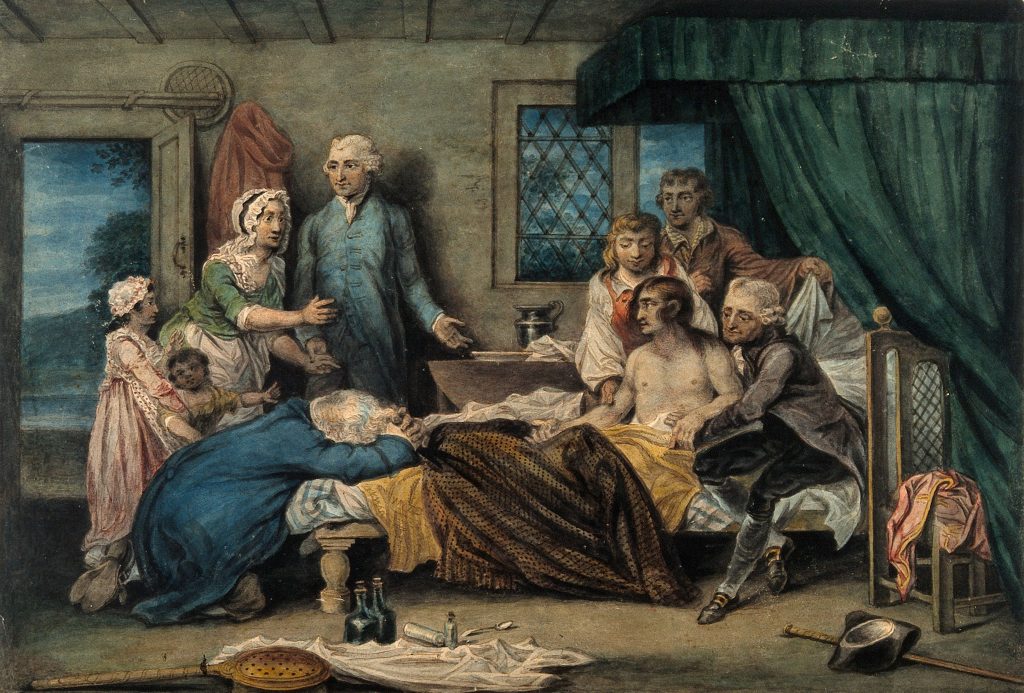
Chosen was a project in 2018, in which selected guest curators were invited to choose, research, and interpret an object or group of objects from Bath Royal Literary and Scientific Institution Collection. These naratives were brought together and the objects mounted to present an exhibition.
Dr Roger Rolls chose Bath Humane Society’s resuscitation equipment from 1805. The set includes bellows, ivory tubes to fit the nose, a metal endo-laryngeal tube, and a bulb and tobacco burner.

There was growing concern about drowning in the latter part of the 18th Century. Amsterdam was the first city in Europe to form a society for resuscitating victims who had fallen into one of the many canals in that city
Thomas Cogan, an English doctor working in Amsterdam was impressed by the techniques used there for resuscitation and when he left Holland for London, he translated the information published by the Amsterdam Society and went on to help found the Royal Humane Society in 1774. The Bath Humane Society began in 1805, but the city’s hospitals had already installed resuscitation equipment before then.
Like today, it was recognised that resuscitation had to start as soon as possible. To facilitate this, Humane Societies built receiving houses near rivers, canals and docks in populated areas. The receiving houses were provided with a set of resuscitation apparatus. This consisted of a bellows which could be used to ventilate the lungs, a procedure similar to modern methods of resuscitation though we now use bags rather than bellows. The other gadget, the tobacco smoke enema, has no modern parallel.
The idea of using tobacco smoke for resuscitation seems to have come from colonists who observed North American Indians employing it as a stimulant. At first, an ordinary clay pipe was used and the person administered the smoke enema by poking the stem through the anus and blowing on the bowl. The risk of burns led to the invention of safer apparatus.
Tobacco smoke was rectally administered in the belief that the bowels were the last part of the body to die and the pharmacological effects of the smoke might stimulate the rhythmical action of the heart. Early in the 19th century the celebrated London surgeon Sir Benjamin Brodie questioned the wisdom of using tobacco smoke enemas after giving his dog a rectal infusion of tobacco which rapidly killed the animal. As a result the procedure was abandoned. About the same time, a French physician suggested that using bellows could seriously damage the lungs of a victim and positive pressure ventilation was rejected in favour of external methods until its revival in the 1960s.



